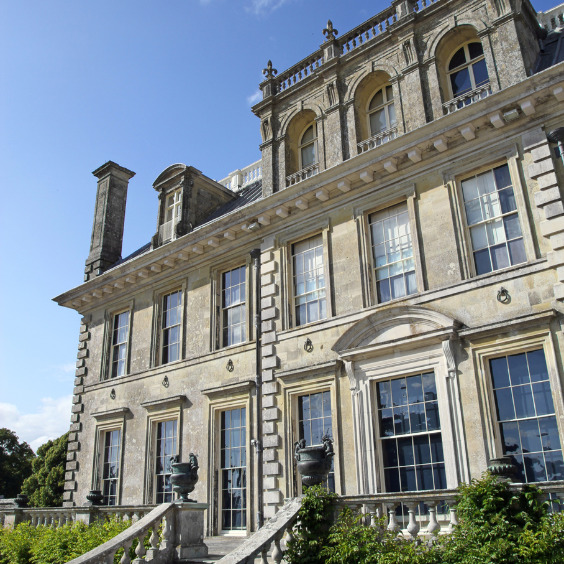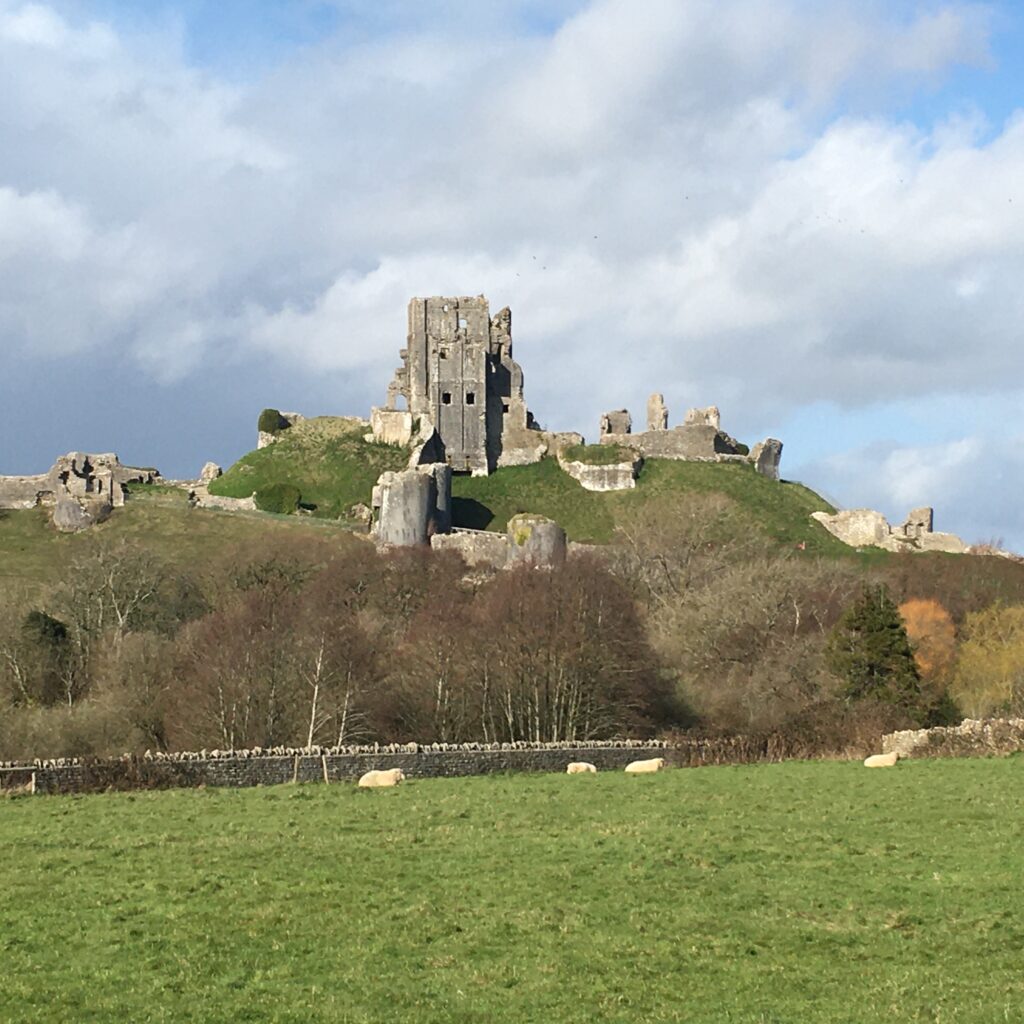Kingston Lacy belonging to the National Trust was previously owned by the Bankes family. It is located in Wimborne Minster, 10 miles away from our Dorset Bed and Breakfast.
 Over the centuries the Bankes family altered, embellished, and rebuilt their home.
Over the centuries the Bankes family altered, embellished, and rebuilt their home.
In 1834, William John Bankes (1786 – 1855) inherited Kingston Lacy from his late father Henry Bankes.
William John Bankes made some dramatic changes to the house.
He instructed the architect Sir Charles Barry (who was involved in the rebuilding of the Houses of Parliament) to remodel the house and clad the red-brick exterior in local Chilmark stone.
He had it built to resemble a Venetian Palace, and he created the house we know today.
 William John Bankes’ Collection
William John Bankes’ Collection
William John Bankes was a keen explorer and traveller. He travelled extensively in the Middle East and the Orient. He collected Kingston Lacy’s most important works of art, including the world’s largest individual collection of Egyptian antiques.
Most notable is the Philae obelisk. It stands nine metres tall and was originally one of a pair which stood outside the Temple of Isis on the island of Philae in Egypt. It was made some 150 years before the birth of Christ.
William John Bankes had the obelisk transported to his estate at Kingston Lacy. As you can imagine, it was no easy undertaking. The initial attempt failed when its vast weight caused a pier to collapse and the obelisk slipped into the River Nile. Fortunately the Duke of Wellington (1769 – 1852) came to the rescue. It was finally transported from London to Kingston Lacy by means of the Duke of Wellington’s gun carriage.
A plaque at the base of the obelisk confirms the Duke chose its location at Kingston Lacy. It was set up as a central feature of the gardens in 1827; nineteen horses were required to raise it into position.
William John Bankes also collected remarkable paintings. Kingston Lacy has the oldest gentry collection of paintings in Britain, including works by renowned artists like Rubens, Van Dyck, Titian and Brueghel, which can all be viewed within the house.
Kingston Lacy’s Connection with Corfe Castle
 Kingston Lacy was originally built to replace the Bankes’ existing home at Corfe Castle.
Kingston Lacy was originally built to replace the Bankes’ existing home at Corfe Castle.
Corfe Castle was demolished during the Civil War in England in 1646.
Lady Mary Bankes (1603 – 1661), known as ‘Brave Dame Mary’ defiantly fought to save the castle. In testament to her bravery she was allowed to keep the seals and keys to the castle.

 A statue can be found at Kingston Lacy of her holding the castle key. As the story goes however, the original keys to the castle are believed to be those hanging above the fireplace at Kingston Lacy, pictured above.
A statue can be found at Kingston Lacy of her holding the castle key. As the story goes however, the original keys to the castle are believed to be those hanging above the fireplace at Kingston Lacy, pictured above.
If you would like to visit the impressive Corfe Castle, also owned by the National Trust, you can read all about it in our blog ‘Corfe Castle near our Dorset B&B’ here.
Kingston Lacy Gardens
Kingston Lacy boasts 8,500 acres of estate featuring Iron Age forts, colourful heathland and water meadows.
A summer picnic can be enjoyed on the south lawn, or wonder through the Japanese Garden to the Kitchen Garden, where Queen Victoria once sent her own gardeners for inspiration.
Overall there’s plenty to see at Kingston Lacy, belonging to the National Trust, from spectacular artworks to beautiful landscapes.
Visitor Information
Address:
Wimborne Minster
Dorset
England
BH21 4EA
Telephone: 01202 883402
website: www.nationaltrust.org.uk/kingston-lacy
If you enjoyed reading this blog and would like to learn about updates, events in the area or last-minute availability at our Dorset B&B, Spurwing Guest House, you can subscribe to our mailing list.









